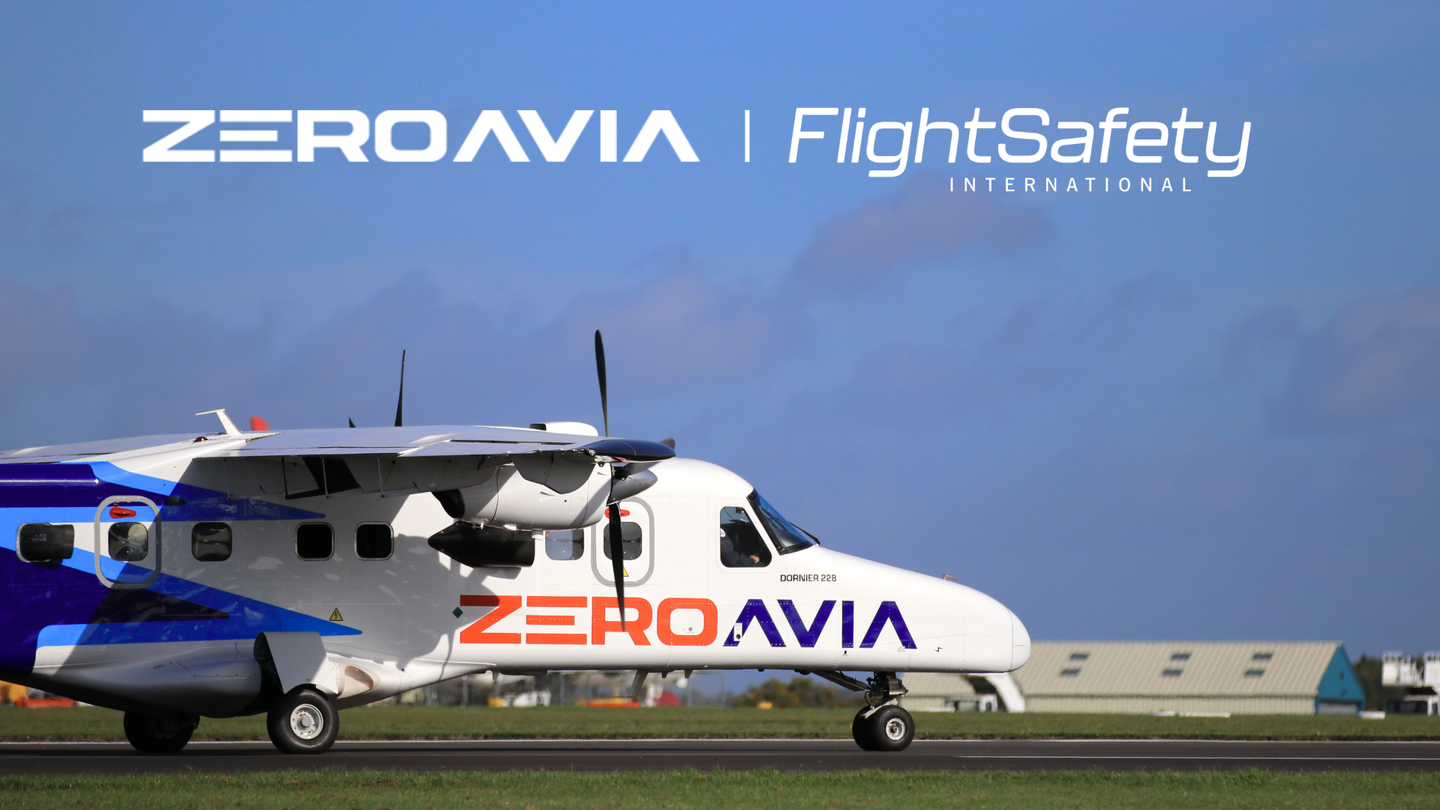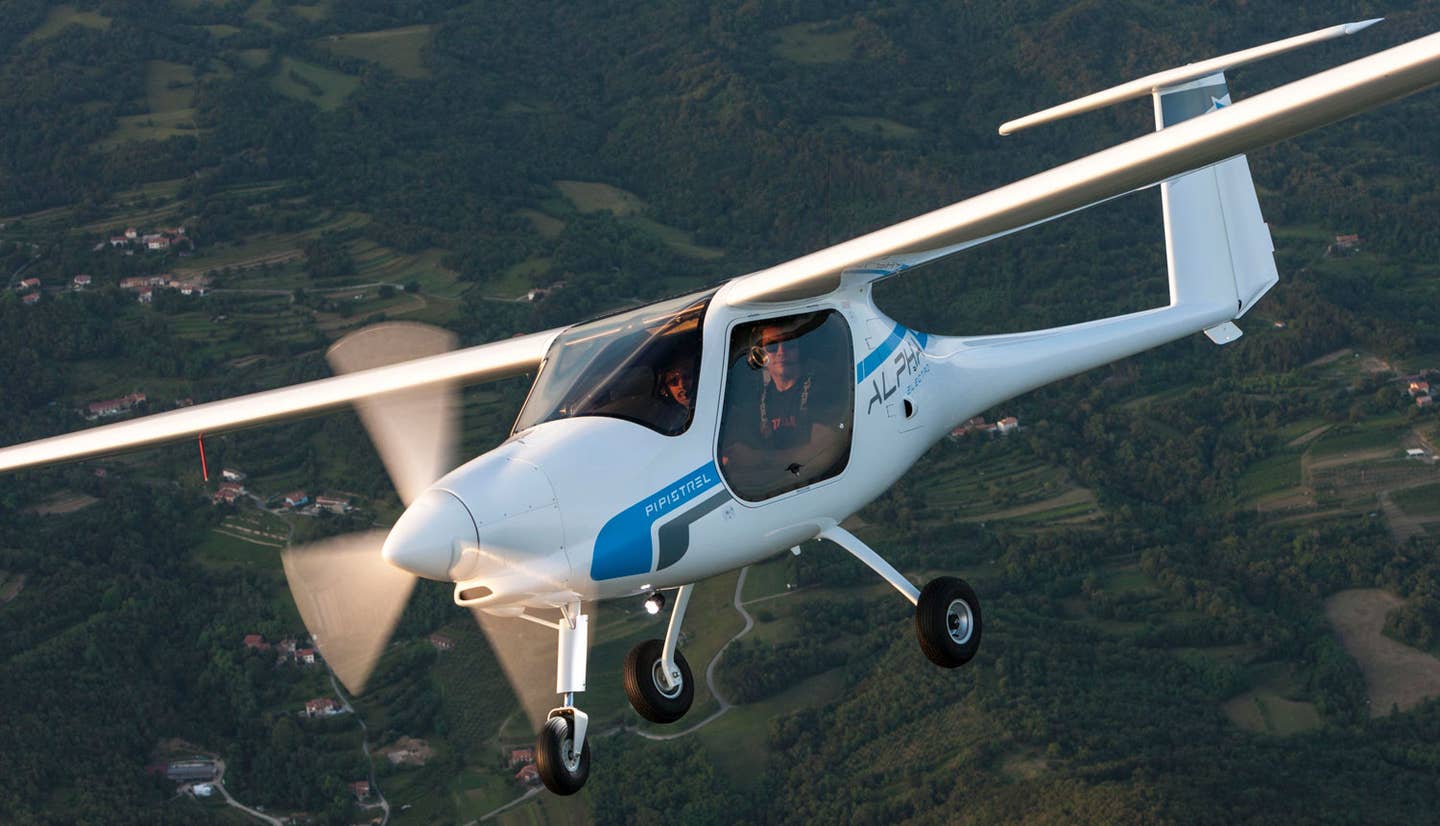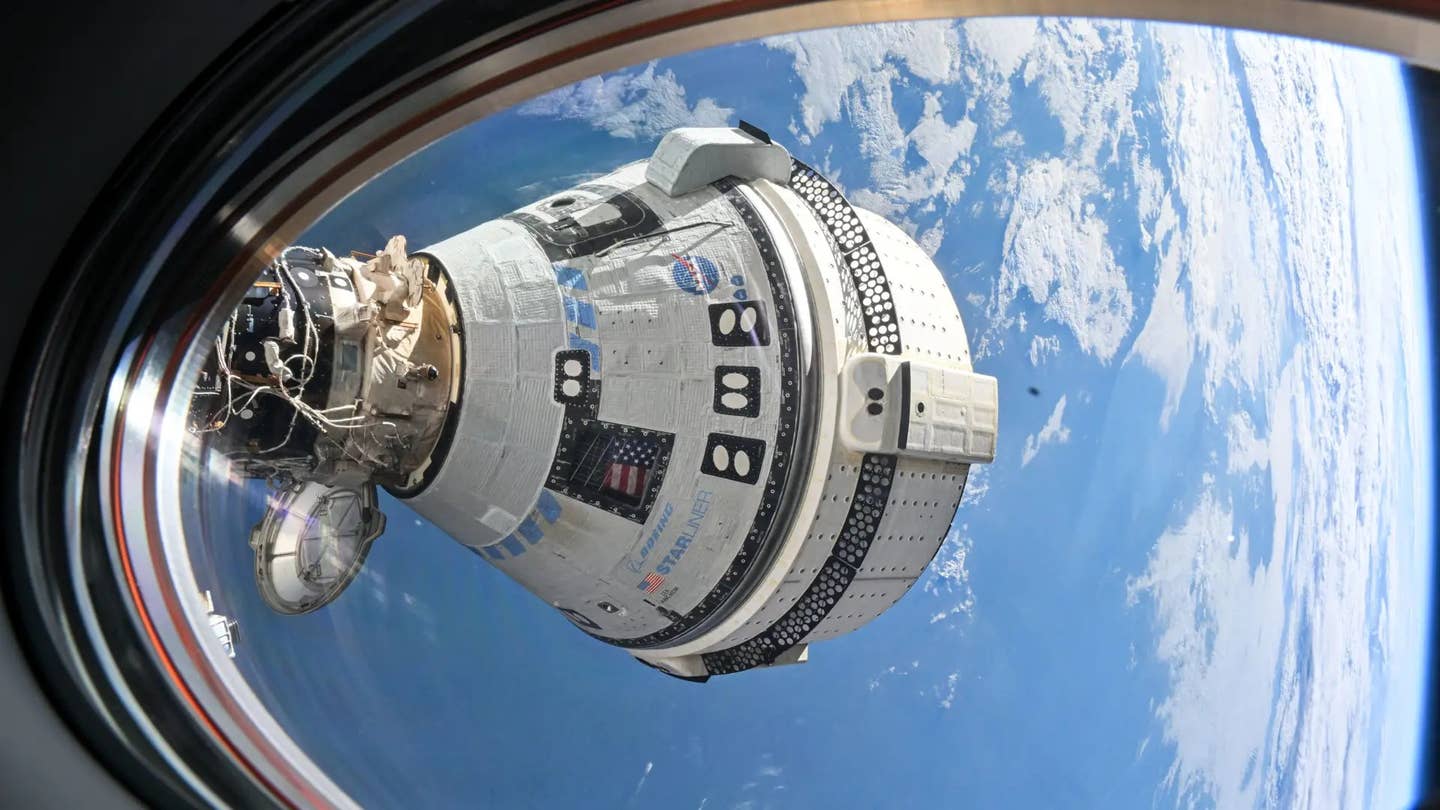
Enos is prepared for launch. Credit: NASA
Sixty years ago this week, humanity sent its bravest into Earth’s orbit—a chimpanzee named Enos.
In the midst of the Cold War, the U.S. had set its sights on the moon, but strapping yourself to a rocket wasn’t exactly as common as it is today. So, in the early 1960s, NASA sent dozens of animals into space to make sure humans could survive prolonged periods of weightlessness.
The Soviets and the Americans launched dozens of missions into the early part of the decade. It wouldn’t be until November 29, 1961, when Enos the chimp made his trip around Earth onboard a Mercury Atlas 5 rocket.
Before Enos could fly, he had to undergo more than 1,200 hours of training to use a psychomotor equipment panel that mimicked tasks meant for human flight control operations. The panel put Enos through a cycle of four different tasks, some of which included either a banana-flavored snack, or a mild shock to the foot.
The chimp’s flight plan originally consisted of three orbits around Earth, but had to be limited to two due to a thruster failure. Fortunately, Enos completed all four tasks and splashed down safely. Enos’ mission served as the last before John Glenn became the first American to orbit Earth in February 1962.
First Living Creature in Orbit
Even though Enos made history as the first chimp to safely orbit Earth, he wasn’t the first creature to fly that high. That title belongs to the Soviet Union’s canine cosmonaut named Laika, who rode onboard Sputnik 2.
On November 3, 1957, Laika was sent on a one-way trip into orbit with a limited food and air supply. The mission was rushed to coincide with the 40th anniversary of the Bolshevik Revolution and failed as a result.
According to NASA, Sputnik 2 weighed considerably more than its predecessor and was not able to maintain its altitude. As a result, the spacecraft burned up on reentry the following April. It’s suspected that Laika survived mere hours after reaching orbit.
‘Unsung Hero’
NASA’s early efforts to send living organisms into space and return them safely were filled with trial and error.
The first “unmanned” launch—you might say—began in 1948 when Albert, a rhesus monkey, rode onboard a V-2 Blossom rocket from New Mexico. According to NASA, a “lack of fanfare and documentation made Albert an unsung hero of animal astronauts.” Albert didn’t make it back alive.
Hoping that the animal would survive the flight this time, NASA sent another monkey, aptly named Albert II, 83 miles up that following year. Unfortunately, Albert II followed his namesake and did not survive the trip, dying on impact. This outcome would be repeated up to Albert IV.
After numerous failures, NASA decided to change its approach. In September 1951, a monkey named Yorick and 11 mice were recovered safely from an Aerobee missile flight that reached 236,000 feet above New Mexico’s Holloman Air Force Base. Yorick officially became the first monkey to survive a space flight and fortunately, would not be the last.
Throughout NASA’s numerous attempts to blast animals into space, the Soviets watched and eventually began their own launches. The Soviets sent nine dogs into space between 1951 and 1952, three of which flew twice.
Animal spaceflights continue even today, but in a more humane manner. This year, SpaceX’s CRS-22 sent micro-animals called tardigrades and a bobtail squid to the International Space Station for model organism investigations.
The last mammals, other than humans, to leave Earth was a group of 40 mice onboard a SpaceX flight to the ISS. The so-called “mighty mice,” which were genetically modified to promote muscle growth, splashed down safely after the conclusion of the experiment.

Sign-up for newsletters & special offers!
Get the latest FLYING stories & special offers delivered directly to your inbox






